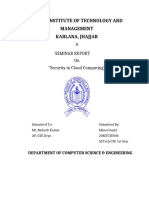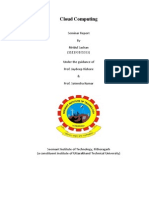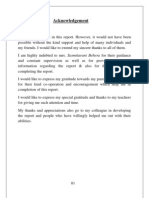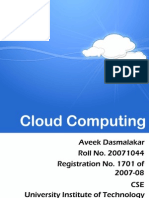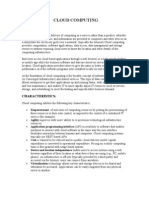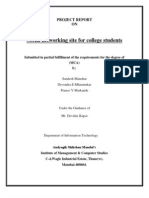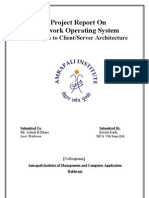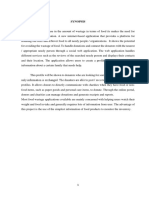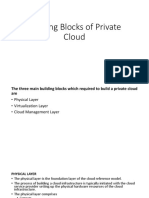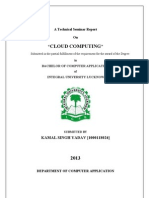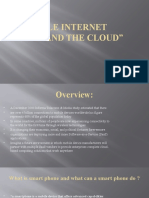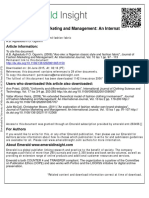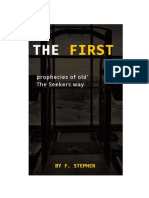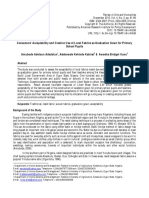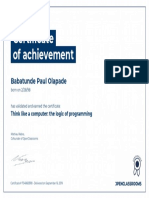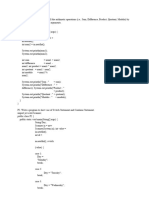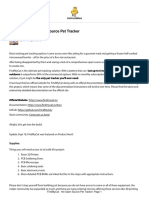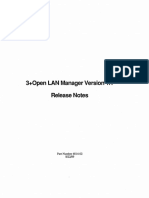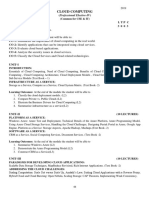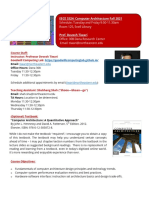0% found this document useful (0 votes)
2K views25 pagesReport On Cloud Computing
This report provides a summary of a document titled "A Report on Cloud Computing". The report was prepared by Group 14 and submitted to the Department of Computer Science and Engineering at Ladoke Akintola University of Technology in Nigeria. The report contains details of the group members, certification, dedication, table of contents and an abstract. It aims to provide an analytical framework on the nature of cloud computing, its characteristics and service models. It also aims to study cloud computing as a better means of IT outsourcing.
Uploaded by
Olapade BabatundeCopyright
© © All Rights Reserved
We take content rights seriously. If you suspect this is your content, claim it here.
Available Formats
Download as PDF, TXT or read online on Scribd
0% found this document useful (0 votes)
2K views25 pagesReport On Cloud Computing
This report provides a summary of a document titled "A Report on Cloud Computing". The report was prepared by Group 14 and submitted to the Department of Computer Science and Engineering at Ladoke Akintola University of Technology in Nigeria. The report contains details of the group members, certification, dedication, table of contents and an abstract. It aims to provide an analytical framework on the nature of cloud computing, its characteristics and service models. It also aims to study cloud computing as a better means of IT outsourcing.
Uploaded by
Olapade BabatundeCopyright
© © All Rights Reserved
We take content rights seriously. If you suspect this is your content, claim it here.
Available Formats
Download as PDF, TXT or read online on Scribd
/ 25
